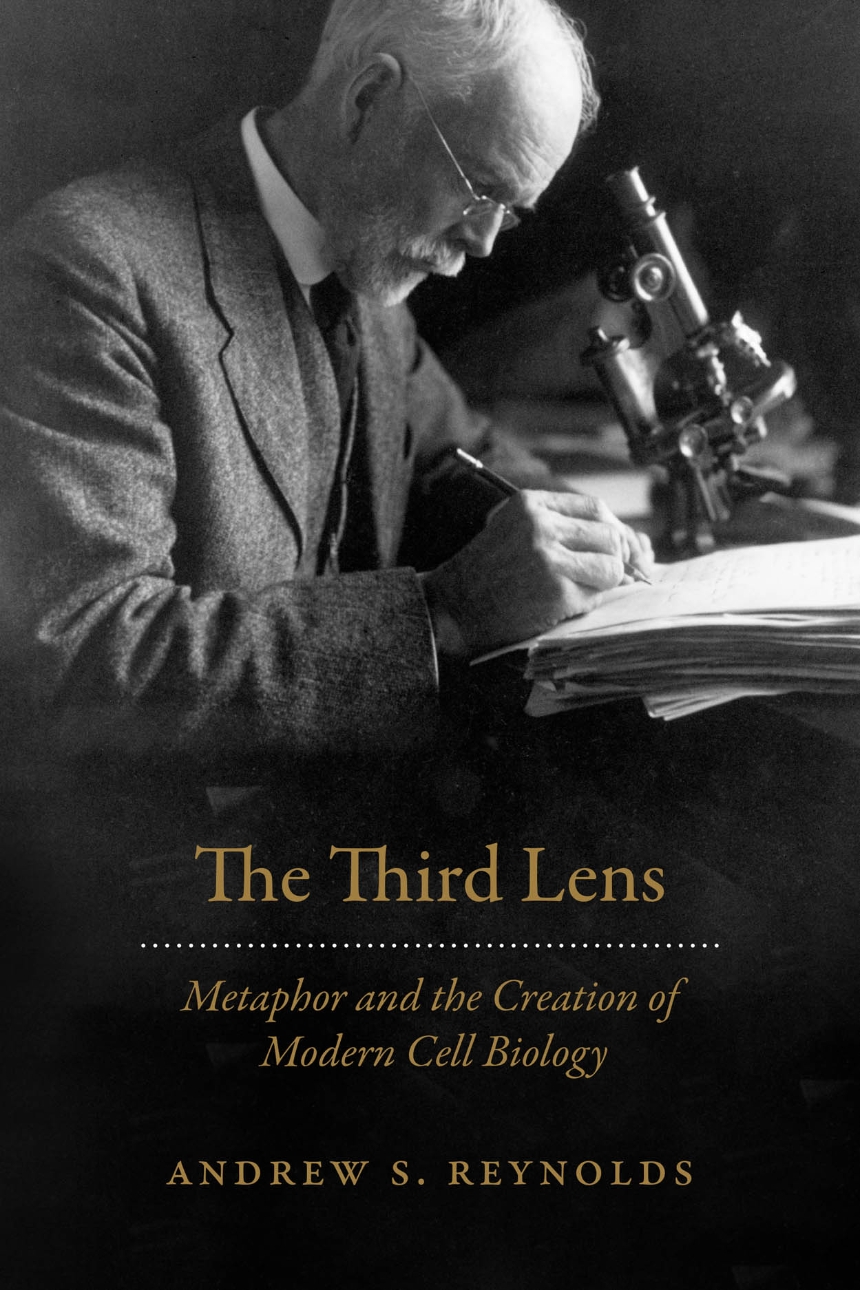The Third Lens
Metaphor and the Creation of Modern Cell Biology
The Third Lens
Metaphor and the Creation of Modern Cell Biology
Reynolds here investigates the role of metaphors in the creation of scientific concepts, theories, and explanations, using cell theory as his primary case study. He explores the history of key metaphors that have informed the field and the experimental, philosophical, and social circumstances under which they have emerged, risen in popularity, and in some cases faded from view. How we think of cells—as chambers, organisms, or even machines—makes a difference to scientific practice. Consequently, an accurate picture of how scientific knowledge is made requires us to understand how the metaphors scientists use—and the social values that often surreptitiously accompany them—influence our understanding of the world, and, ultimately, of ourselves.
The influence of metaphor isn’t limited to how we think about cells or proteins: in some cases they can even lead to real material change in the very nature of the thing in question, as scientists use technology to alter the reality to fit the metaphor. Drawing out the implications of science’s reliance upon metaphor, The Third Lens will be of interest to anyone working in the areas of history and philosophy of science, science studies, cell and molecular biology, science education and communication, and metaphor in general.
272 pages | 17 halftones | 6 x 9 | © 2018
Biological Sciences: Physiology, Biomechanics, and Morphology
History: History of Ideas
Reviews
Table of Contents
Introduction
Chapter 1. The Early History of Cell Theory: The cell as empty chamber, building stone, and elementary organism
Chapter 2. Biochemical Conceptions of the Cell: From bag of enzymes to chemical factory
Chapter 3. Cell Sociology: The cell as social agent
Chapter 4. Cell Signaling: The cell as electronic computer
Chapter 5. Metaphors in Science: “Perspectives,” “tools,” and other meta-metaphors
Chapter 6. The Instrumental Success of Scientific Metaphor: Putting the scientific realism issue into perspective
Acknowledgments
Notes
Bibliography
Index
